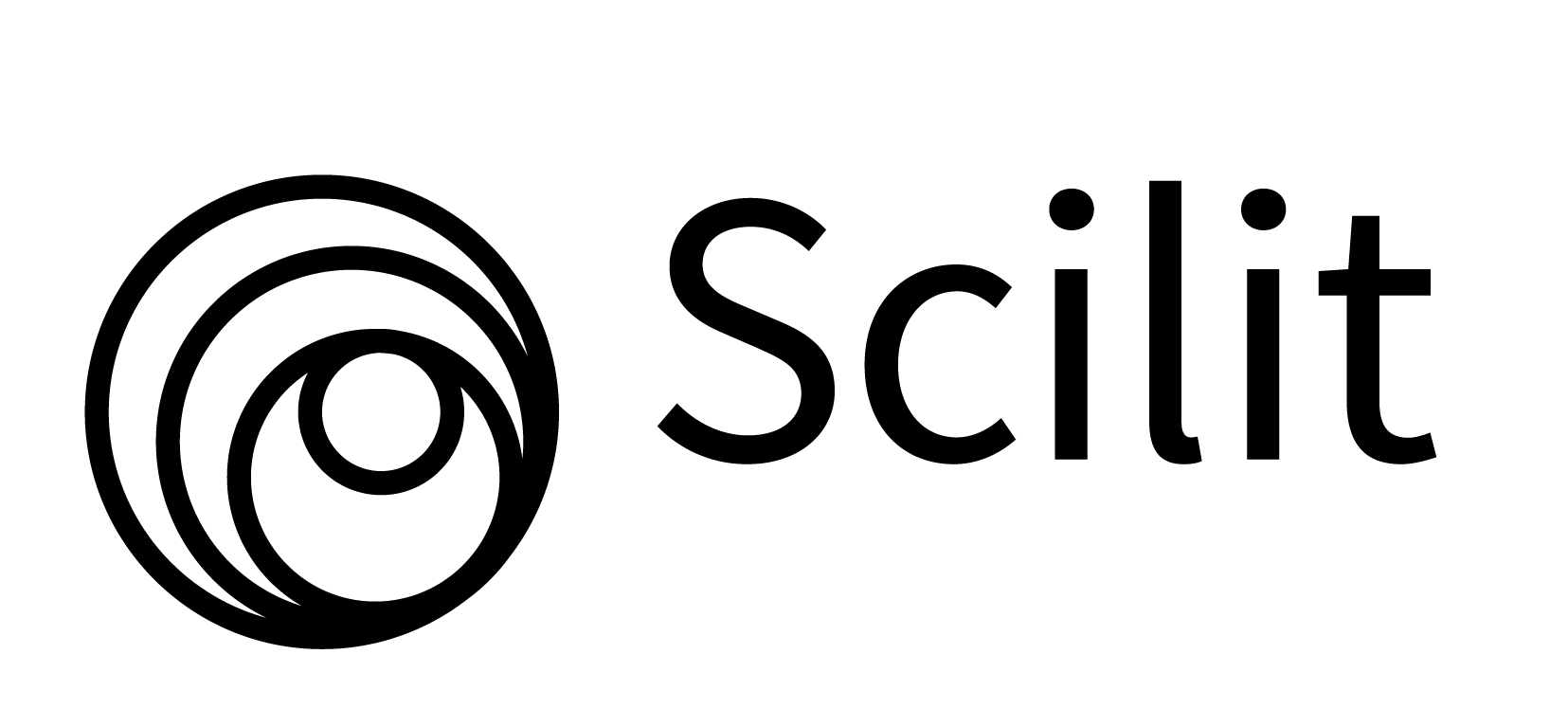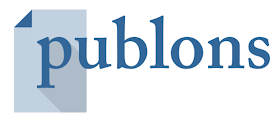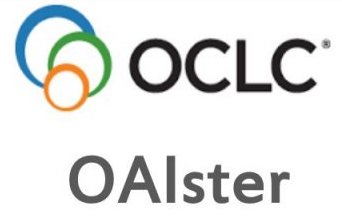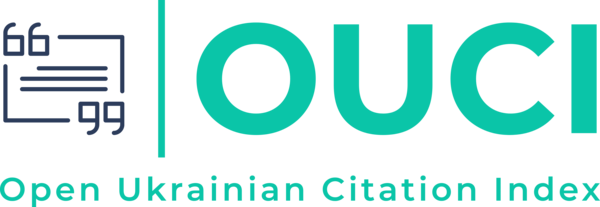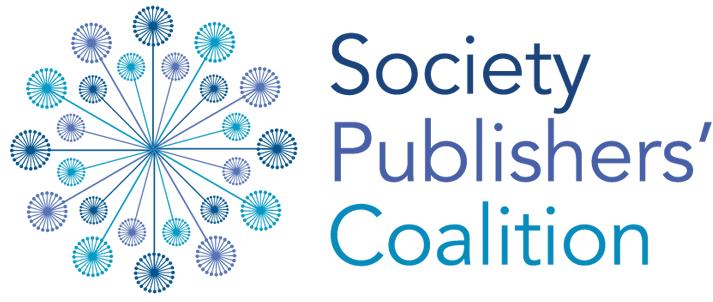Crossmark is a multi-publisher initiative to provide a standard way for readers to locate the authoritative version of an article or other published content. By applying the CrossMark logo, the Association of Cyber Forensics and Threat Investigators is committing to maintaining the content it publishes and to alerting readers to changes if and when they occur.
CFATI Journal recognizes the importance of the integrity and completeness of the scholarly record to researchers and librarians and attaches the highest importance to maintaining trust in the authority of its electronic archive.
Clicking the CrossMark logo will inform the reader about the current status of the article. It could also contain additional publication-record information about the article.
For more information on CrossMark, please visit the CrossMark site.
Corrections and Retraction Policies
Article Withdrawal
Articles can be withdrawn, either by the authors or the publishers. The article can withdraw anytime before it is formally published online in its final form with complete information about volume, issue, page numbers, DOI, and article ID. If the authors request withdrawal of an article, a signed statement from the authors will be required to be submitted to the Editorial Office before an article can be withdrawn. If an article is found to violate the ethical publishing guidelines of the journal such as duplicate publication, plagiarism, fraudulent use of data, multiple submission, or bogus claims of authorship, the article will be withdrawn by the publisher. In such a case, the article content will be removed from the HTML and PDF version of the Early View article and replaced by a note that the article has been withdrawn.
Article Corrections
If any error is discovered in an article after publication, corrections (Erratum, Corrigendum, Addendum) will be published in the next issue or as soon as the publisher and author(s) agree together to the proposed changes. The corrections will be published only if a significant error is found in the article like factually inaccurate published information. Minor corrections that do not significantly affect the content and understanding of the article like spelling mistakes and grammatical errors will not be published.
When a correction is published it will be linked to the article being corrected and a link to the corrections page will also be placed on the article published earlier. The correction will also be added to the PDF version of the article. No changes or modifications will be made to the original content of the article PDF. This will enable the readers to download the article and the amendment together. The original published version of the article, in HTML and PDF format, will be preserved in journal archives to maintain the integrity of the published record.
Errata is published when mistakes are introduced or not recognized in the article during editing or production, like significant typographical errors, errors in figure or table numbers or their legends, proof corrections submitted but not included in the article during editing, wrong details in the address or email of the author(s).
Corrigenda is published when errors are detected by the authors after publication of the article which compromises the validity of the scientific content, its accuracy, and reproducibility. If the readers detect an error in any article, they are requested to submit their comments as ‘Letter to the Editor’ following the prescribed article format. These articles submitted as ‘Letter to the editor’ will be peer-reviewed and will also be sent to original authors for their comments. On acceptance for publication, the ‘Letter to the editor’ and comments of the original authors will be published in the same issue.
Addenda are published if the authors inadvertently omitted any significant information at the time of submitting the manuscript and want to add this content to the article after it has been published. All information submitted as an addendum will be peer-reviewed before editorial acceptance. Addenda will be published only in rare circumstances when it is decided by the editors that the information in the addendum is essential to understand a significant part of the published article.
Article Retractions
Retractions are published in circumstances like, if the conclusions of an article are found to be based on faulty logic or computation by new information made available after the article has been published; if the article is based on falsified or fabricated data, if plagiarized data has been published or if duplicate publications exist. The retractions are decided on a case-by-case basis by the editor in consultation with the authors and the reviewers of the article. A signed statement from the authors will be required to be submitted to the Editorial Office before an article can be retracted. Agreement of all authors of an article is required before a retraction can be published. If some co-authors do not agree to the retraction of the article, the retraction will be published as decided by the editor, clearly identifying the dissenting co-authors. When a retraction is published it will be linked to the article being corrected and a link to the retractions page will also be placed on the article published earlier. On the web pages of the retracted article, the bibliographic information will be retained on all the pages, however, the article text will be replaced by a note stating that the article has been retracted from the journal. The PDF version of the article will be retained to preserve the integrity of the record but will be marked to show that the article has been retracted. In cases of partial retractions, the retraction notice will be labeled as ‘Partial Retraction’ or ‘Retraction in Part’.
Article Removal
In exceptional circumstances, an article may be removed from the journal. This may happen if any legal issues arise or are expected to arise in the context of the article, the distribution of the article is stopped by court order, the contents of the article may pose a serious health risk if acted upon by others, the article violates the copyright of others, or if the article is found to be defamatory or infringing on other’s legal rights. When an article is removed from the journal the bibliographic information will be retained on all the pages and the PDF file, however, the article text will be replaced by a note stating that the article has been removed from the journal and the reason for removal.
Article Replacement
If an article is found to contain false or inaccurate data that may pose a serious health risk if acted upon by others, the authors of the original article may wish to retract the article and replace it with a corrected version. In this case, the article will be retracted, following the procedure of retraction of an article, with the difference that a link to the corrected re-published article will be placed on the HTML and PDF versions of the article and the page with the retraction notice.





